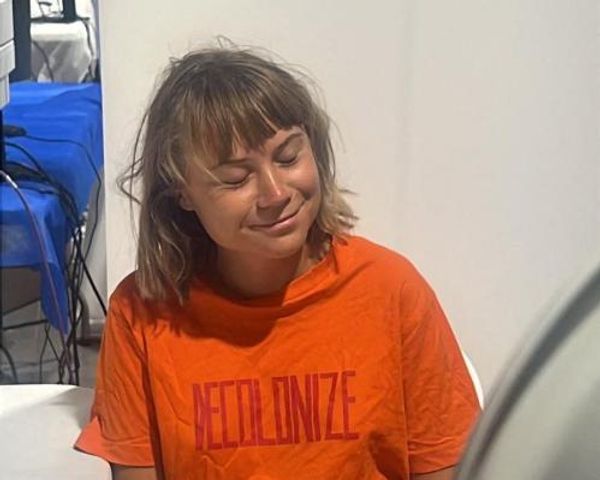
You can see why Christian monks came to the Skellig Islands 1,500 years ago. Jagged pyramids of rock pierce the surface of the Atlantic where they believed the very ends of the Earth were. It must have been the perfect place to contemplate life and God. It still is, I imagine, though the monks are long gone.
Now it’s just gannets, gulls and shearwaters. And nature cameraman Colin Stafford-Johnson setting off in his traditional banana-shaped rowing boat called a currach up the Atlantic coast of the Emerald Isle, seeking out its secret places and creatures. This is Wild Ireland: Edge of the World (BBC2), and it’s magic.

Puffins! It’s impossible not to love a puffin. And now, learning that adolescent puffins have what’s known as a “loafing rock”, where they just loaf, I love them even more. But it’s not all about loafing and tapping bills, because hungry gulls are lurking, hoping to snatch their babies (called pufflings – I love that, too). “The gulls are responsible for the puffins being pretty much on tenterhooks all day long, even though a puffin never really looks like it’s on tenterhooks,” says Colin.
He has a poetic way with words, and moves at a pace that’s in tune with his surroundings. He seems as at home here as the hundreds of seals lying on the sands in the Blasket Islands, the stags rutting under the Macgillycuddy’s Reeks mountains and the horny natterjack toads of Castlegregory, singing for mates. It’s no surprise to learn that Colin is actually at home here – he lives on the west coast of Ireland. Like the playful, lonely dolphins and humpback whales that come to leap and loll around his currach.
Most of all, he’s a cameraman, and he’s set on capturing the beauty of this place through his lens. Not just zoomed in and close up, a plunging gannet or a hovering kestrel. But also far and wide, looking for a bigger picture: vast skies and seas, mountains and sunsets. God, it’s gorgeous. Why would you live anywhere else?








